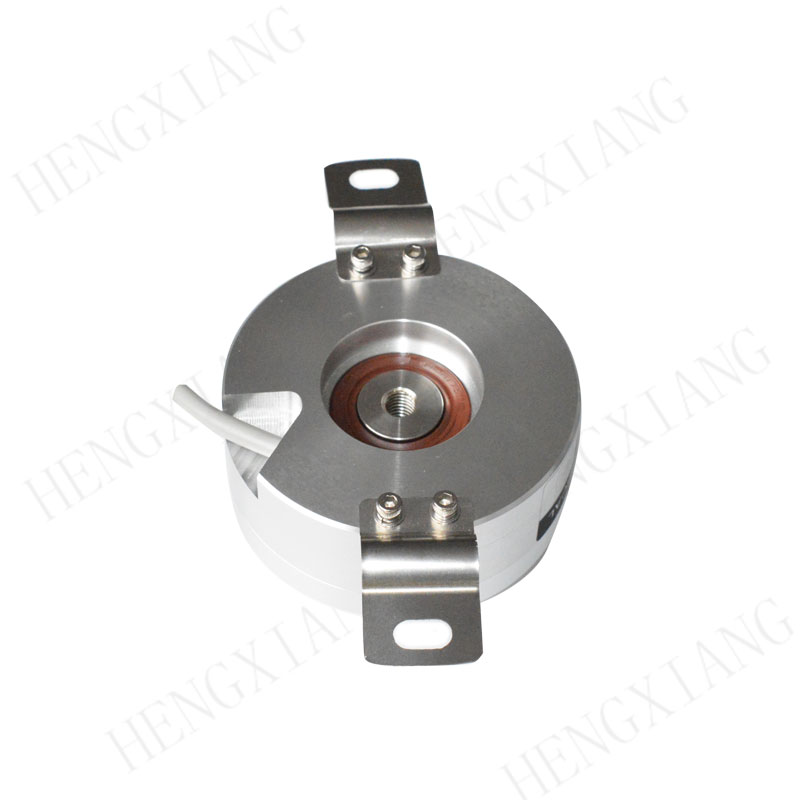

The Texas Instruments 7400 family became an industry standard. TTL became popular with electronic systems designers after Texas Instruments introduced the 5400 series of ICs, with military temperature range, in 1964 and the later 7400 series, specified over a narrower range and with inexpensive plastic packages, in 1966. The Sylvania parts were used in the controls of the Phoenix missile. The first commercial integrated-circuit TTL devices were manufactured by Sylvania in 1963, called the Sylvania Universal High-Level Logic family (SUHL). Buie of TRW, which declared it, "particularly suited to the newly developing integrated circuit design technology." The original name for TTL was transistor-coupled transistor logic (TCTL). Even after Very-Large-Scale Integration (VLSI) CMOS integrated circuit microprocessors made multiple-chip processors obsolete, TTL devices still found extensive use as glue logic interfacing between more densely integrated components.Ī real-time clock built of TTL chips around 1979 TTL became the foundation of computers and other digital electronics.

Some TTL chips are now also made in surface-mount technology packages. TTL devices were originally made in ceramic and plastic dual in-line package(s) and in flat-pack form. Variations of the original TTL circuit design offered higher speed or lower power dissipation to allow design optimization. TTL manufacturers offered a wide range of logic gates, flip-flops, counters, and other circuits. The 7400 series by Texas Instruments became particularly popular.

Īfter their introduction in integrated circuit form in 1963 by Sylvania Electric Products, TTL integrated circuits were manufactured by several semiconductor companies. TTL integrated circuits (ICs) were widely used in applications such as computers, industrial controls, test equipment and instrumentation, consumer electronics, and synthesizers. Its name signifies that transistors perform both the logic function (the first "transistor") and the amplifying function (the second "transistor"), as opposed to earlier resistor–transistor logic (RTL) and diode–transistor logic (DTL). Transistor–transistor logic ( TTL) is a logic family built from bipolar junction transistors.


 0 kommentar(er)
0 kommentar(er)
